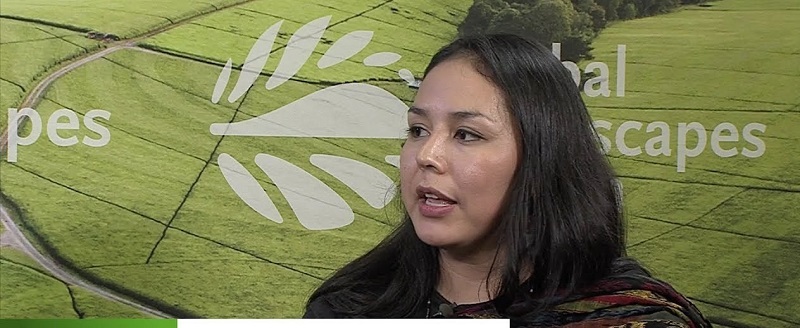A global “gold” standard provides a roadmap for governments and the private sector, offering a straightforward template for recognizing the rights of Indigenous peoples and local communities.

It will offer a blueprint to guide public and private sector projects that encourage sustainable economic development while upholding Indigenous rights, said Janene Yazzie, a co-convener of the Indigenous People’s Major Group for Sustainable Development (IPMG).
She made the remarks on Thursday, August 8, 2019, a day before the International Day of the World’s Indigenous Peoples, as a new report on climate change and land was released by the Intergovernmental Panel on Climate Change (IPCC). The IPCC said that the effectiveness of land governance for climate change adaptation and mitigation is enhanced by the involvement of Indigenous Peoples and other local stakeholders.
In October, the IPCC warned global temperatures may become an average of 1.5 degrees Celsius warmer than pre-industrial levels over the next decade.
“This gold standard addresses the question ‘How do we change these very entrenched practices that are based on outdated policies and outdated approaches to economic development’?” said Yazzie, also sustainable development programme coordinator for the International Indian Treaty Council.
“The gold standard will enable the partnerships which are necessary for a more sustainable, equitable and just future.”
The IPMG, a Global Landscapes Forum (GLF) charter member, developed the gold standard with the Rights and Resources Initiative (RRI). GLF is jointly coordinated by the Center for International Forestry Research (CIFOR), UN Environment and the World Bank. The alliance has worked closely with IPMG to raise awareness over the importance of land tenure rights. Insecure land tenure can be a recipe for deforestation and forest degradation.
The lands of the world’s 350 million Indigenous peoples and local communities hold 80 percent of the world’s biodiversity and sequester nearly 300 billion metric tons of carbon. Over 80 percent of biological diversity is managed by local communities. But forested landscapes are vulnerable to climate change, the encroachment of agriculture and extraction activities.
The gold standard aims to:
- Strengthen respect, recognition and protection of the rights of Indigenous peoples and local communities, including women
- End persecution of land and environment defenders
- Increase recognition of, and sustain support to, Indigenous peoples and local communities – including women – as stewards and bearers of solutions to landscape restoration, conservation, and sustainable use
- Build partnerships to enhance engagement and support for rights-based approaches to sustainable landscapes across scales and sectors
- Dramatically scale up efforts to legally recognise and secure collective land and resource rights across landscapes.
As the world heats up due to land-use related emissions, tensions over control of ecosystems and territories put Indigenous peoples and local communities at risk.
